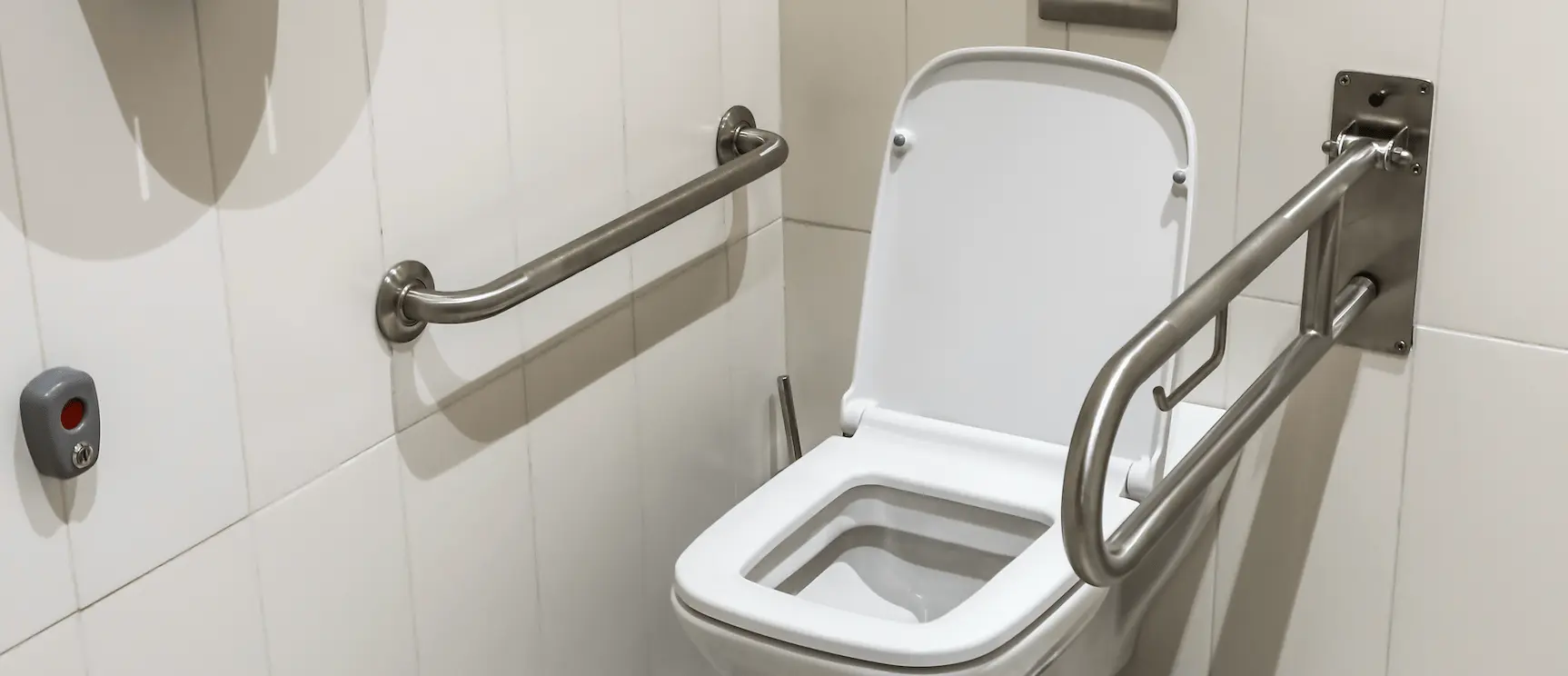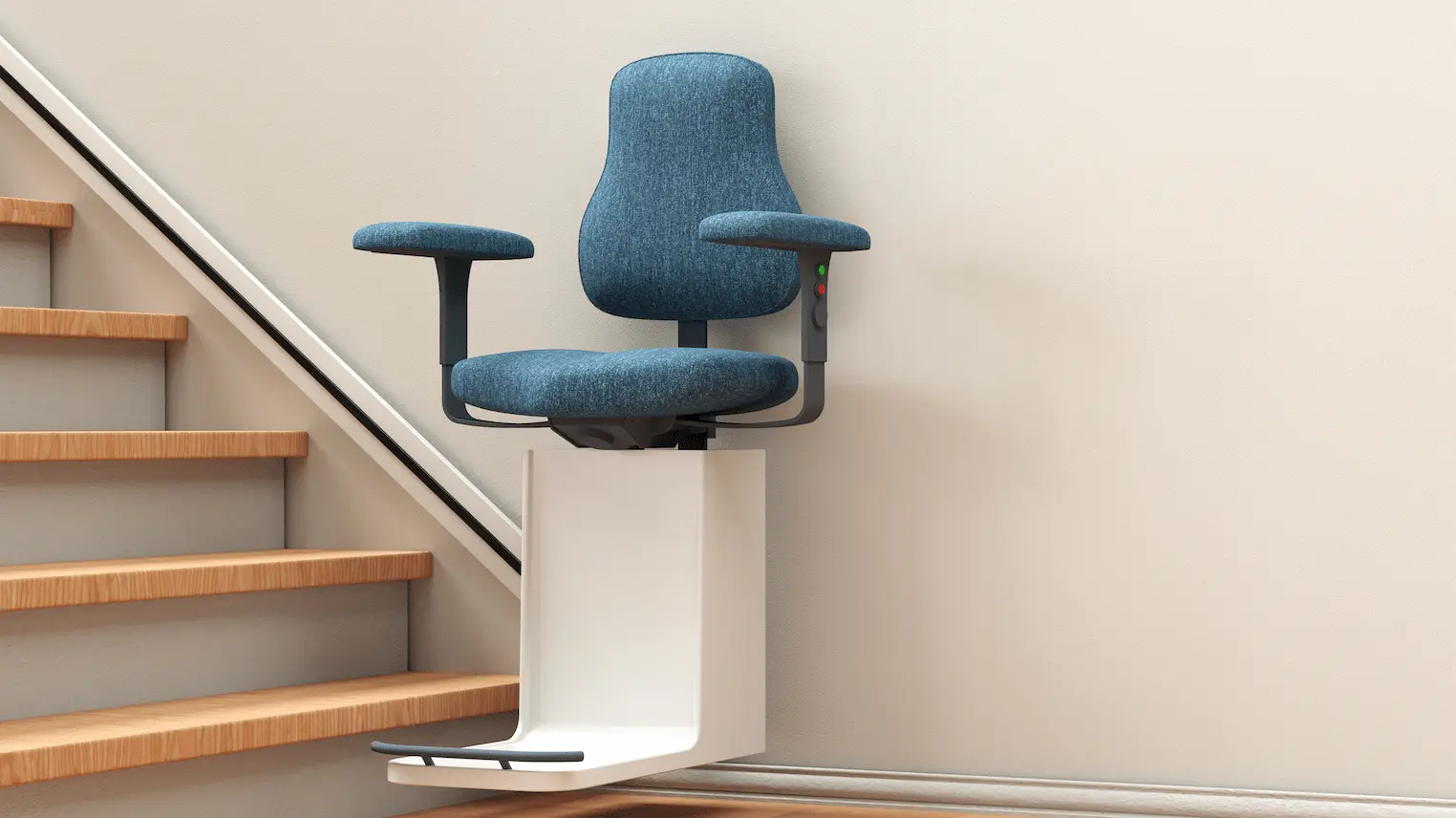
What are the landlord’s responsibilities if a tenant becomes disabled?
09-07-2025 | Legal Advice for LandlordsIf a tenant becomes disabled, landlords must be compliant with equality legislation. This includes following the guidance set out by the Equality Act 2010. Landlords must also work with the tenant to ensure the tenant is safe in the property.
This guide explains exactly what landlords must do if a tenant becomes disabled mid-tenancy. It will highlight key disabled renters’ rights, suggestions about reasonable adjustments, and how to approach cost-sharing discussions sensitively.

Considerations if a tenant becomes disabled
Finding out that a tenant has become disabled can be heartbreaking news. The situation should always be dealt with sensitively, and landlords should be considerate. Unfortunately, it’s not uncommon for a person’s health to change during a tenancy. Landlords must take proactive steps as quickly as possible.
With the tenant’s consent, landlords should try to understand their condition. Ask questions politely, and don’t force information out if the tenant doesn’t want to explain the details. Understanding the situation will help you make plans to help the tenant as best as you possibly can.
Landlords should assess how the disability impacts their use of the property to determine what reasonable adjustments need to be made. For example, if the disability means the tenant requires a wheelchair, then the landlord might need to consider lowering the kitchen worktops or widening doorways.
The Equality Act 2010
The Equality Act 2010 maps out disabled renters’ rights. It protects individuals from discrimination. Under the Act, Landlords must not unlawfully discriminate based on race, gender, gender reassignment, disability, sexuality, age, marital status or religion. If a tenant becomes disabled, landlords must become familiar with and comply with this Act.
As a landlord, you must do everything reasonably possible to remove any barriers that prevent a disabled tenant from being comfortable and safe within the property. Therefore, you will need to make reasonable adjustments to the property.

Reasonable adjustments
If a tenant becomes disabled during the tenancy, then landlords must make reasonable adjustments. There are two main types of reasonable adjustments that landlords need to consider: physical modifications and policy adjustments. Landlords should communicate with the tenant to find out what adjustments they require and whether there is anything else that can be done to help them.
Physical modifications
Physical modifications are changes to the property itself to make life easier for the disabled tenant. Here are some examples of physical modifications that you may need to consider if a tenant becomes disabled.
- Ramps or grab rails: They will allow tenants to move safely around the property and offer support so they can shower, climb into the bath or use the kitchen.
- Widening doorways: If the tenant is a wheelchair user, they may not be able to enter and exit certain doorways. Widening them will help them move freely around the property.
- Bathroom adaptations: The tenants might require an accessible shower and a lower sink.
- Kitchen adaptations: Find out if you need to lower the worktops or make storage accessible.
- Visual and hearing aids: You might need to install flashing doorbells to ensure the tenant knows when someone is at the front door if they are hard of hearing.
Each case is going to be different depending on the disability. Keep an open mind and discuss the situation with the tenant sensitively.
Policy adjustments
You may need to update all documents to ensure your tenant can access them. The text in the document may also need to be changed to adapt to certain circumstances. Here are some examples of policy adjustments if a tenant has become disabled.
- Allow assistant animals
- Reformat your documents, such as the tenancy agreement, so the tenant can access them. You might need to use a Braille format.
- Change your communication efforts if your tenant becomes hard of hearing.
- Generally, be a bit more flexible with your policies, with understanding.
What is not considered a reasonable adjustment?
The word “reasonable” is key. Unfortunately, landlords cannot do absolutely everything for the tenant. Landlords are not expected to make major physical changes to the property that require construction work. For example, knocking down walls.
Who pays for reasonable adjustments: tenant or landlord?
Due to the Equality Act 2010 placing a duty on landlords to make reasonable adjustments, in most cases, landlords are responsible for the costs associated with making reasonable adjustments. The tenant can offer to cover some or all of the costs, but this is not their responsibility.
If this comes up in conversation, landlords should be open. Document all conversations in writing along with any agreements made. If a tenant becomes disabled, landlords can apply for a Disabled Facilities Grant through their local council to help cover the costs of the reasonable adjustments.
This article provides general guidelines. For specific information relating to your situation, get in touch with a legal advisor to ensure you are complying with the regulations and respecting disabled renters’ rights.
To protect your investment, consider landlord insurance. We have the expertise to find the best landlord insurance deals that are suitable for your needs as a landlord. Contact us today at 01788 818 670 for a quote, and don’t forget to visit our resource centre for more information on how to be a successful landlord.
We won't be beaten on any like for like landlord insurance quote.
Get a quote
